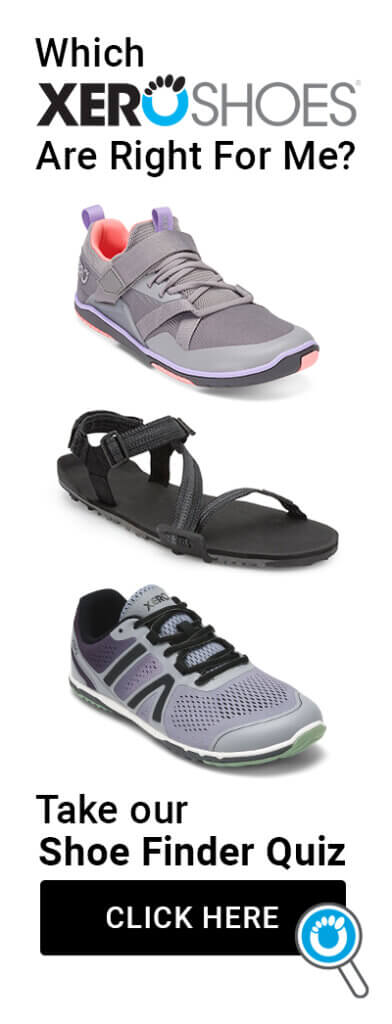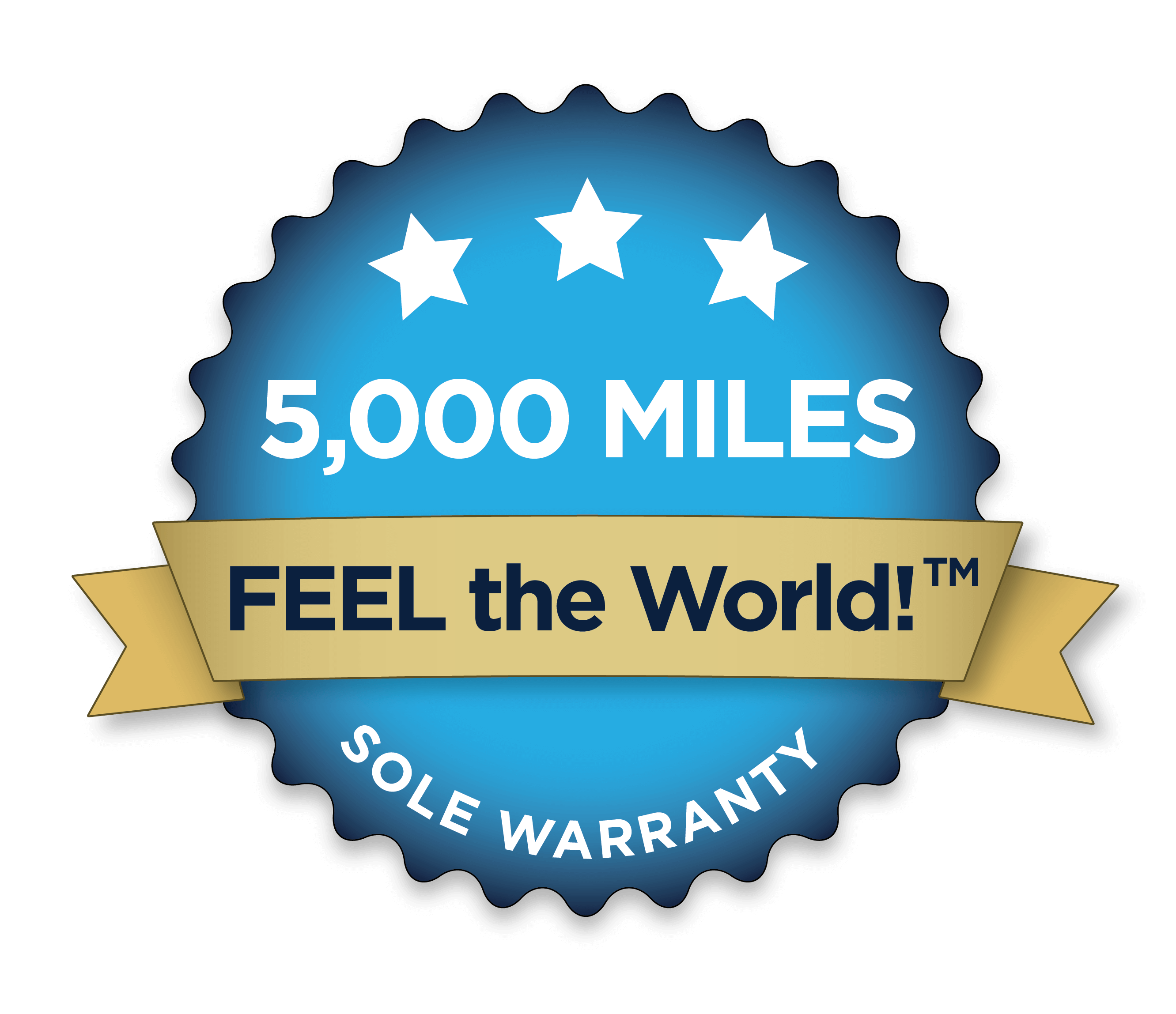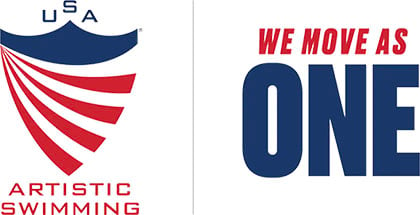As the barefoot running boom continues to explode, it’s important that we debunk the mythology that’s sprung up and face some facts. And perhaps the most obvious fact is this:
If you run with anything between your skin and the ground, you are not barefoot runner.
Let me say that again. If you wear Vibram Fivefingers, New Balance Minimus, Merrell Trail Gloves, Altra Adams, Vivobarefoot shoes, Newtons, Inov8 shoes, even our Invisible Shoes huaraches running sandals, you are not a barefoot runner.
I don’t care if your previous shoes were padded stilts and your new shoes are a “zero-drop” natural movement minimalist shoe, if you’ve got something on your feet you’re not barefoot running.
Barefoot running means that you run in bare feet. Period.
Now, don’t get me wrong, I’m not saying that if you’ve just spent $125 on your Vibram Bikilas you need to throw them away, or that if there’s a barefoot running Meetup you can’t be part of the cool clique. And I’m not saying everyone needs to be barefoot. And, clearly, I’m not saying “don’t buy Xero Shoes” 😉
But it’s important that we differentiate actual barefoot running from minimalist running.
Why?
Because more often than some would like to admit, barefoot running and minimalist running do not produce the same results.
The promise of barefoot running is that the sensations you get when your skin contacts the ground — often known as pain — teach you proper running form. That is, if you change your form to make the pain go away, you’ll have a more efficient, lighter, easier stride, and you’ll be able to run pain-free for life.
Anything that you put on your feet reduces the amount of sensation you feel and can interfere with the feedback loop that barefoot running gives which produces those benefits.
Again, I’m not saying that you don’t get feedback from minimalist shoes. You certainly get more than you do when you’ve got 2″ of padding in your Nike I Can’t Feel The Grounds. As the developer of Xero Shoes, I know hundreds of people who switched to our sandals, improved their barefoot running form, eliminated life-long aches and pains, and now enjoy running ultra-marathons. As one of our early customers put it, “Xero Shoes are just like being barefoot… if they covered the world in a thin layer of comfortable rubber.”
But, I’ve also met a LOT people who bought a pair of Vibrams or Merrells (or any other minimalist shoe), soon became injured, and now tell everyone they know that “barefoot running” is dangerous… and they’ve never run barefoot!
I’ve been on a number of barefoot running panel discussions and, inevitably, there will be some number of doctors, physical therapists, podiatrists and other medical professionals who say, smugly, “Hey, stick with this barefoot running thing. All the people getting hurt by doing it are putting my kids through college!”
Before they can finish chuckling, I fire back:
Me: “You know, of course, that all you guys made the exact same joke 40 years ago when running shoes were invented, right? And you know that people who have no problems running barefoot — and ones who get cured of injuries by running barefoot — will not come to see you, right?”
Them: “Uh…”
Then I pull out the bigger guns: “And when a patient tells you they got hurt from barefoot running, did you ask if they were actually in bare feet? Did you check to see if they simply over-trained by doing too much, too soon? And, maybe most importantly, did you take a video of them running so you could analyze their form and see if they were simply using the same injury-producing mechanics they used when they wore shoes? Or did you see if they were trying to stay on their toes, putting extra strain on their calves and Achilles, because they have a mistaken ideas about proper barefoot form?”
Them: “Uh…”
Barefoot running is more than switching to a minimalist shoe. And it’s more than simply removing your shoes. Don’t believe me? Go to a barefoot running event, find the people in their minimalist shoes, and see which ones are still landing on their heels, as if they’re still in motion controlled running shoes.
In fact, be on the lookout for runners who are actually barefoot doing the same thing! Some of us are either unable to feel those important form-changing sensations, or unable (without coaching) to actually make form changes in order to find a painless way of moving.
For an example of this, check out Pete Larson’s video of the recent NYC Barefoot Run. Most of the VFF wearers, and a handful of barefoot runners are still landing on their heels. (I was there and noticed the same thing, but I didn’t have the brains to video tape it… so, Thanks, Pete!)
Let’s wrap this up with a wish: If you’re one of those “barefoot” runners who has never run barefoot, I can’t encourage you enough to try it. Don’t think there’s some transition you need to go through before you’re “ready.” Ironically, the best advice I can give you is: Just Do It!
Get on a good clean hard surface (a bike path is great, streets work too) and go for a run. Listen to your feet, if they hurt, try to move in some different way so that they don’t. And if you can’t figure out how, then stop and try again another day. Don’t think you need to build up callouses; none of us who successfully run barefoot have any (they’re another sign that you’re doing something wrong). If you can find a coach or some training, get some guidance.
Report back here with what you discover.
The goal is not to be barefoot all the time. The goal is to be flexible. To be able to run comfortably, easily, and enjoyably under any circumstance. To know when barefoot is the best option and when something under your feet is called for. I wear my Xero Shoes for all my walking, hiking, and getting into restaurants. I’m barefoot for a lot of my sprinting training. But, hey, I still wear running shoes, too… when I have to shovel a 2′ Colorado snowfall.
The content of this post does not constitute and is not intended to be a substitute for professional medical advice, diagnosis or treatment. Always seek the advice of a physician or other qualified health provider with any questions or concerns you may have about your health or a medical condition.







 Fostering honest and responsive relationships between businesses and consumers.
Fostering honest and responsive relationships between businesses and consumers.














Steven, You hit the nail on the head when you said that some people do not have the ability to make the changes necessary to their form to run barefoot or minimalist without help or a coach.
I have a sports massage practice and realised some years ago that it was futile to constantly give people corrective exercises because while these movements seemed second nature to me, they just plain couldn’t do them right without me being there to coach them. Kinestetic awareness or the ability to sense ones position in space (no, not outer space) comes naturally to some while others remain clueless and it’s all over the map.
Minimalist running is the greatest “movement” (get it) to come along in a long time but without proper education on how to do it right (certified barefoot running coaches?) I fear it will lose some of it’s forward progress because people will continue to get injured with a “right out of the box” approach. Just my take.
My hunch is that *anyone* could eventually learn to change their movement patterns. But doing so requires some neural rewiring in the brain. If you’ve been in shoes long enough, the brain map for your feet has de-differentiated, making it harder to move differently. Getting the brain map to differentiate again takes time and practice.
[…] reason I bring this up is because of a blog post by Steven Sashen over at The Invisible Shoe. Steven, quite rightly, points out that unless you’re running barefoot, you’re not a […]
Great article Steven, I agree 100%.
I think part of the problem is that when you say “minimalist shoes” people don’t quite get it. If you say “barefoot shoes”, they have an idea of what you are talking about (even though it doesn’t really make sense). From that point, it is a pretty easy stretch for people to say they are going “barefoot running” in their “barefoot shoes”.
[…] posts, but Steven says it better than I, and much more persuasively. Check out the full post via this link, and, while you’re at it, take the time to have at the Invisible Shoe […]
Great article and I agree with you 100%. I started barefoot about 1 year ago. Now I love it and run every day with one of my dogs about 2 1/2 miles barefoot. I run with my other dogs in VFF’s (me – not the dogs!) I have had not one injury or blister. My chronic knee pain has cleared completely. No more twisted ankles to boot as I used to land on the heel with the foot way out in front. Wish I had heard about this years ago!
So true i read born to run and on the minimalist train during my freshman year of college cross country it went really well for while until i was struck with a major problem with my plantar facia many doctor bills and custom orthotics that were made and purchased against my will and i was still hurt i even had a new knee problem to top it off. until one day i took off the shoes and just decided to go totally barefoot. . . I was fine in seconds. My stride feels significantly more fluid now. I recintly bought the merril trail glove and it makes me chuckle that on the inside of the shoe is printed a logo that says merril barefoot. Ah classic.
Merrell gave me a pair of those… the were so narrow in the midfoot, and had such a big pre-formed arch, that I couldn’t get them on my foot. So I sold them on eBay 😉
[…] http://www.invisibleshoe.com/1085/the-little-lie-of-barefoot-running/ […]
Yeah i have ski feet so its not much of a problem but iv noticed that they are best only on trails. On trails they feel fine but when i get on the road i feel too much like im wearing strength shoes you know those ones that basketball players use to increase their vertical jump. All in all not too bad as far as a shoe goes.
I am really happy to see this article. Well said Steven. I have been running barefoot, that is completely bare, for over a year and a half and I never look back since. I since I have been racing in several 5K, 10k and many half Marathon, always barefoot. I bought a pair of the invisible 4 mm huaraches(not shoes ;)) and I do love them. They are the only thing that comes close to barefoot running. What is great about them is that I can still feel all the little gravels, rocks etc… under my feet. I have tried and bought the Vibram 5 Fingers and other type of minimalist shoes, but at the end a gave them away. I run 90 percent barefoot (sans shoes) and the rest with my invisible Huaraches. Thanks Steven for the great product!!!!! Keep Running, that is….. Bare……!!!!!
Great article. Helped me solidify my understanding reinforce my gut feeling on observations around barefoot running and minimalist shoes.
Which pair would you recommend for Colorado trail running and hiking?